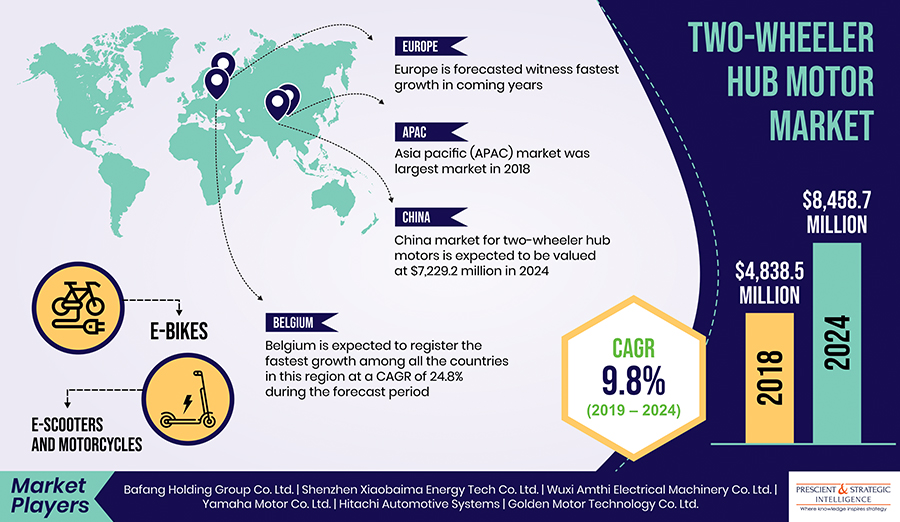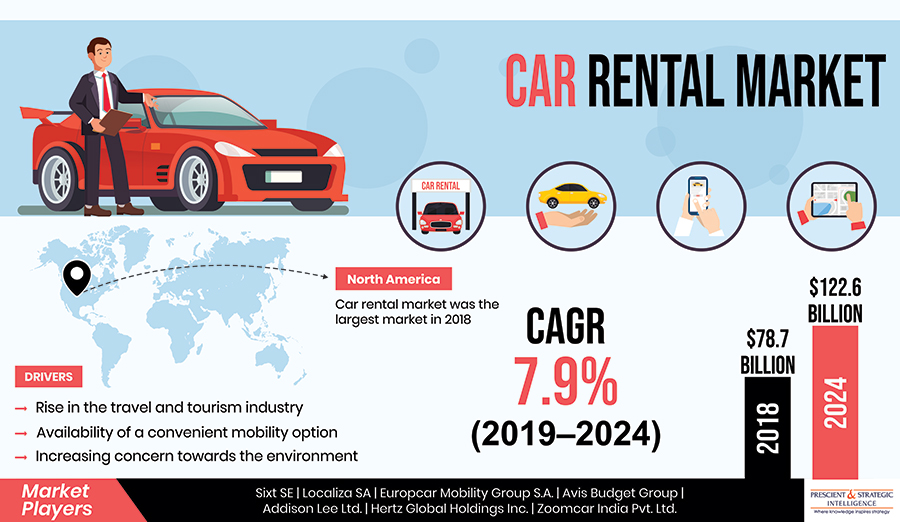The global low emission vehicle market is growing at a significant rate, due to increasing availability of different hybrid electric vehicle models, development in battery technology, and increasing global prices of petroleum based fuel. The strict environmental regulations regarding controlling the increased pollutants from industrial emissions and vehicles are also supporting the growth of the global market.
The increasing popularity of vehicle to grid technology among consumers and high growth in charging infrastructure market are two of the major factors, providing ample growth opportunities for the global market. Some of the major factors restraining the growth of the global market are higher cost of low emission vehicle, lack of power and performance, and lack of supporting infrastructure.
The ground level ozone, particulate matter, volatile organic compounds and nitrogen oxides are some of the primary pollutants, which are present in emissions. Air pollution leads to several diseases, such as asthma, lung cancer and cardiovascular disease. As the number of cases for illness has increased, the government is more focused towards amendment of emission standards and health hazards related with harmful compounds. In metropolitan cities, the growing population and increase in usage of individual transport vehicles is contributing to considerable increase in air pollution. In the various developing countries, such as Brazil, China and India, the secondary cities are being developed as a part of economic development. But inefficient and conventional transport infrastructure in metropolitan cities has led to intensifying levels of vehicle emissions, noise and traffic congestion.
 |
| To receive a free sample copy of this report |
With the increase in monitoring duties, several guidelines have also been implemented for the amount of fuel usage in low emission vehicle. The favorable government proposals in capitalizing for innovative low emission technologies are expected to reduce the usage of fossil fuel, which will further decrease the air pollution. This has offered opportunities for enhancing the automotive supply chain and has also encouraged the competitors in the market for investing in development of low carbon technologies. The growth of environment friendly automotive companies is positively influenced by low emission vehicle.
The improvisation of automotive components and enhancements in fuel efficiency for providing the renewable fuels are expected to drive the innovation in low emission vehicle. Decarburization in freight and aviation sector is up surging, due to increasing developments in biofuels market. The competitors are increasingly focusing on research and development activities for developing fuel efficient vehicles, due to increasing consumer awareness about low emission vehicle. Moreover, the enhancements in combining renewable and conventional energy systems are expected to drive the growth of the low emission vehicle market during the forecast period. Among all the low emission vehicles, mild hybrid vehicles and plug-in hybrid electric vehicle are growing with a substantial rate, due to decrement in greenhouse gas emissions with the use of such vehicles.
Some of the competitors in the global market are Mitsubishi Motors Corporation, Toyota Motor Corporation, Nissan Motor Co Ltd., Volkswagen AG, Honeywell International Inc., and Bayerische Motoren Werke AG.













